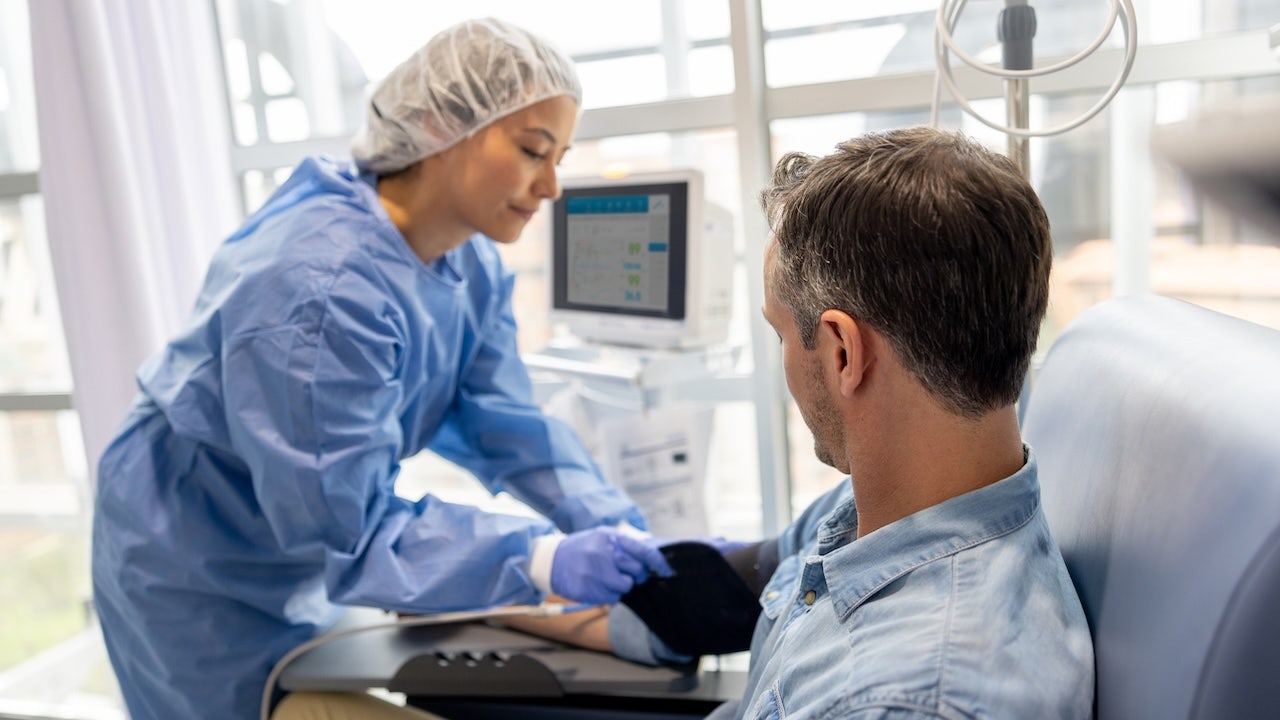Measles protection, ditching alcohol — and a sleep surprise

Fox News’ Health newsletter provides readers with the latest updates on healthcare, wellness, diseases, mental health, and more. In this week’s edition, here are the top three stories:
1. RFK Jr. discusses ‘community immunity’ amid measles outbreak
Amidst the ongoing measles outbreak, RFK Jr. delves into the concept of ‘community immunity’ and the importance of vaccination in preventing the spread of infectious diseases. As the debate on vaccination continues, experts emphasize the significance of herd immunity in protecting vulnerable populations.
2. Are there health benefits of going ‘California sober’?
The trend of going ‘California sober’, which involves abstaining from alcohol and drugs but still consuming cannabis, is gaining popularity. However, experts weigh in on the potential risks and benefits of this lifestyle choice, highlighting the importance of moderation and mindfulness in substance use.
3. Expert calls out ‘intricate connection’ between sleep, obesity, and inflammation
A leading expert sheds light on the complex relationship between sleep, obesity, and inflammation, emphasizing the impact of poor sleep quality on metabolic health. Understanding this intricate connection can help individuals make informed choices to improve their overall well-being.
Additionally, this week’s health news features stories on a woman who credits the carnivore diet for saving her life, President Trump appointing a boy battling cancer as an honorary Secret Service agent, and pet food recalls due to bird flu concerns.
For more health-related updates, follow Fox News on social media platforms such as Facebook, Instagram, YouTube, Twitter, and LinkedIn. Don’t forget to sign up for their newsletters on various topics including health, lifestyle, autos, and entertainment.
To stay connected on the go, download the Fox News apps for easy access to news and updates. You can also watch Fox News online or stream Fox Nation for exclusive content.
This article was written by Fox News staff and aims to provide readers with valuable insights and information on current health issues. Stay informed and prioritize your health and well-being.




